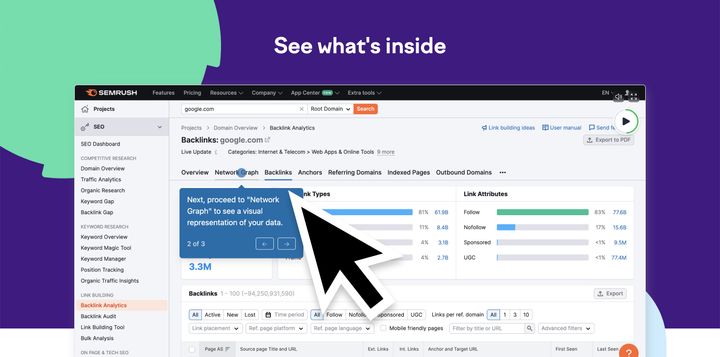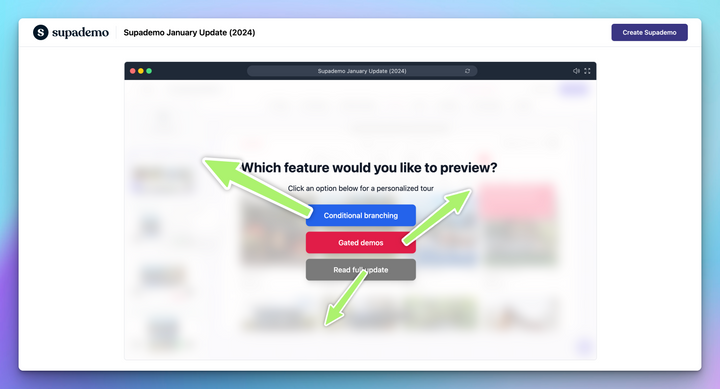In the world of digital marketing, two key strategies stand out: demand generation and lead generation. While both aim to drive business growth, they serve different purposes in the customer acquisition process.
Understanding the differences between demand generation and lead generation is crucial for developing a holistic marketing approach that maximizes results.
The Basics: Demand Generation and Lead Generation Explained
Demand generation is all about increasing brand awareness and generating interest in a company's products or services. It focuses on creating a positive perception of the brand and educating potential customers about the problems its solutions can solve. Demand generation techniques are often used to penetrate new audiences and expand market reach.
On the other hand, lead generation is the process of converting brand-aware prospects into potential customers or "leads." Unlike demand generation, lead generation is more transactional and aims to capture contact information from prospects interested in learning more about a company's offerings. It takes place after demand generation and involves more direct efforts to nurture leads and move them closer to making a purchase.
To fully leverage the power of these strategies, it's essential to combine demand generation and lead generation rather than pitting them against each other. By using both in tandem, businesses can create a seamless customer journey that starts with building awareness and ends with driving conversions.
Understanding the Goals of Demand Generation and Lead Generation
While demand generation and lead generation have different objectives, they work together to drive business growth. Demand generation focuses on building awareness, establishing brand authority, and educating the target audience about the problems the company's solutions can solve. It aims to create a pool of potential customers who are aware of the brand and its offerings, even if they don't have an immediate need.
Lead generation, on the other hand, aims to convert that demand into actionable leads. Once prospects are aware of the brand and its solutions, lead generation strategies come into play to capture their contact information and move them further down the sales funnel. The goal is to nurture these leads and eventually convert them into paying customers.
Engaging Your Audience: Trust and Differentiation
Both demand generation and lead generation play a crucial role in engaging the target audience and driving conversions. Demand generation focuses on building trust and establishing the brand as a thought leader in the industry. By positioning the company as an authority, potential customers are more likely to engage with the business and consider its solutions when the need arises.
On the other hand, lead generation helps differentiate the brand and its offerings from competitors. It highlights the unique features and benefits of the product or service, making it clear why prospects should choose the company over other options. By presenting a compelling value proposition, lead generation strategies increase the chances of converting leads into paying customers.
The Impact of Content: Educating and Nurturing Leads
Content plays a vital role in both demand generation and lead generation strategies. Demand generation involves creating free, ungated resources that educate the target audience and answer their questions. The aim is to provide valuable information and establish the brand's expertise in solving specific problems. These resources can include blog posts, social media content, podcasts, and community events.
Lead generation, on the other hand, takes content marketing to the next level by offering more explicit lead-nurturing content. This content is often gated, meaning it requires prospects to provide their contact information in exchange for access. Examples include whitepapers, e-books, webinars, and exclusive case studies. By offering targeted and valuable content, businesses can nurture leads and move them closer to making a purchase decision.
Bringing Demand Generation and Lead Generation Together
Modern B2B marketing has shifted from focusing solely on lead generation to prioritizing demand generation. This shift is driven by the fact that buyers now spend more time evaluating purchases and often make decisions through channels that are not easily measured. Without a robust demand generation strategy, lead generation efforts can be cost-inefficient and fail to provide the necessary value for business growth.
To successfully combine demand generation and lead generation, implementing a lead scoring system is crucial. This system allows businesses to identify the right time to target leads with more impactful content and ensures that the sales team focuses on leads who are genuinely interested in purchasing. By aligning marketing and sales efforts, businesses can set and achieve goals more effectively.
It's important to note that demand generation and lead generation require different content strategies and distribution channels. Demand generation often involves reaching potential customers through channels with low intent to buy, such as podcasts or community events. On the other hand, lead generation strategies focus on capturing leads through gated resources that require contact information.
Key Takeaways: The Power of Combining Demand Generation and Lead Generation
In summary, demand generation and lead generation are both essential strategies for driving business growth. Demand generation focuses on building awareness, educating the target audience, and establishing the brand's authority. Lead generation, on the other hand, aims to convert brand-aware prospects into leads through targeted and nurturing content.
Rather than viewing demand generation and lead generation as competing strategies, businesses should leverage both in tandem. By combining these approaches, companies can create a seamless customer journey that starts with building awareness and ends with converting leads into paying customers. Implementing a lead scoring system and aligning marketing and sales efforts are key to successfully integrating demand generation and lead generation strategies.
Remember, demand generation and lead generation are not mutually exclusive but rather complementary. Embrace the power of both to maximize your marketing results and drive business growth.




